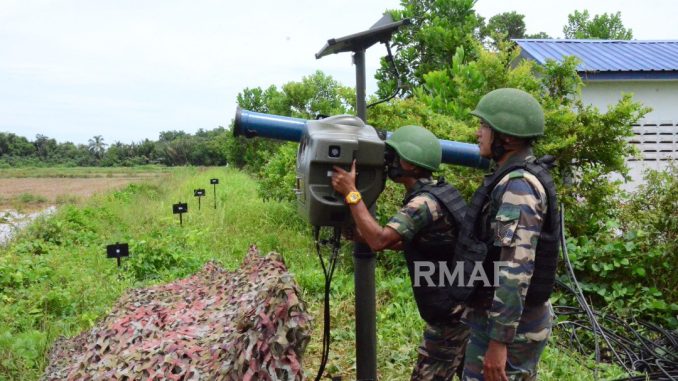
SHAH ALAM: RMAF Air Operations Command Headquarters has issued ten quotation notices for the supply and delivery of various equipment and items for the 401 Ground Based Air Defence (GBAD) Skuadron at the Labuan airbase.
The equipment being sought are sixty ballistic helmets; body armour vest with hard plates (84); handheld GPS terminals (28); binoculars (24) and dome tents (10). The other five are two multiband radios; two high-frequency radios; 20kg mini generators (12); utility deployment boxes, Pelican brand (32) and personnel tents (3).
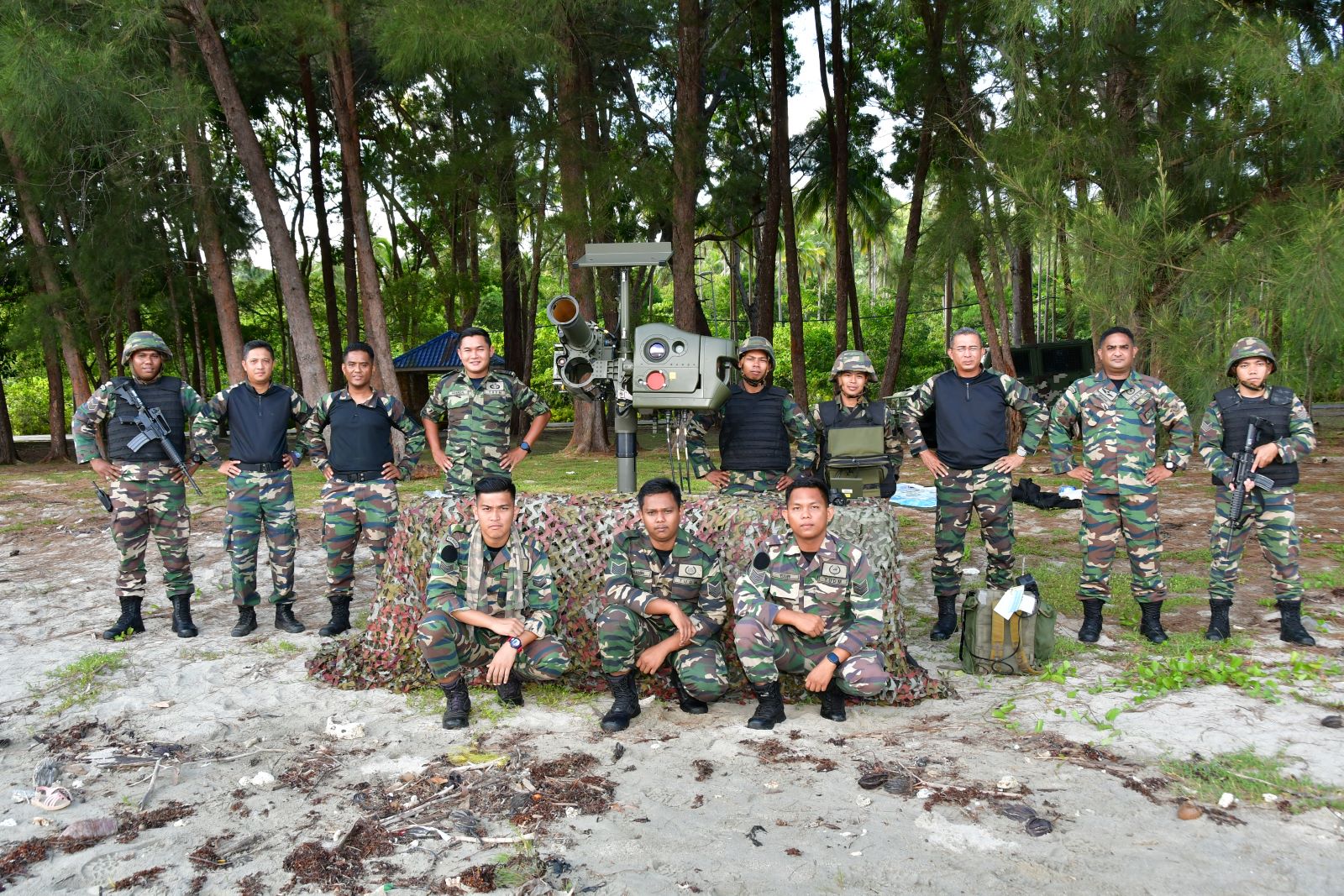
The two of the QNs (mini generators and Pelican case) will close on June 7 just seven days after they were published (May 31). The rest also published on May 31 closes on June 14. There are no cost estimates for the ten items.
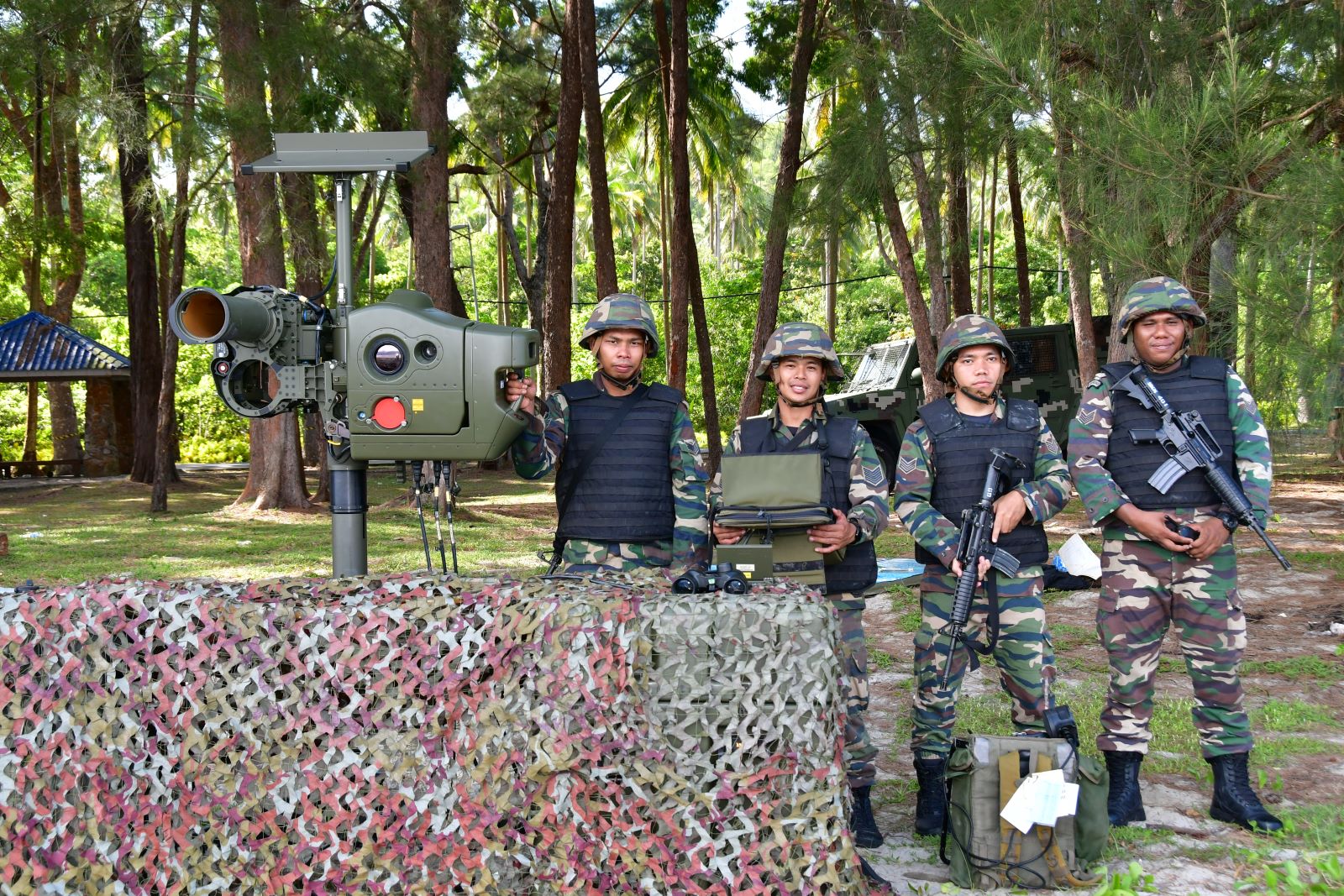
However, as they are all QNs it is likely that the budget for the items will not exceed RM500,000 each. I stand to be corrected of course.
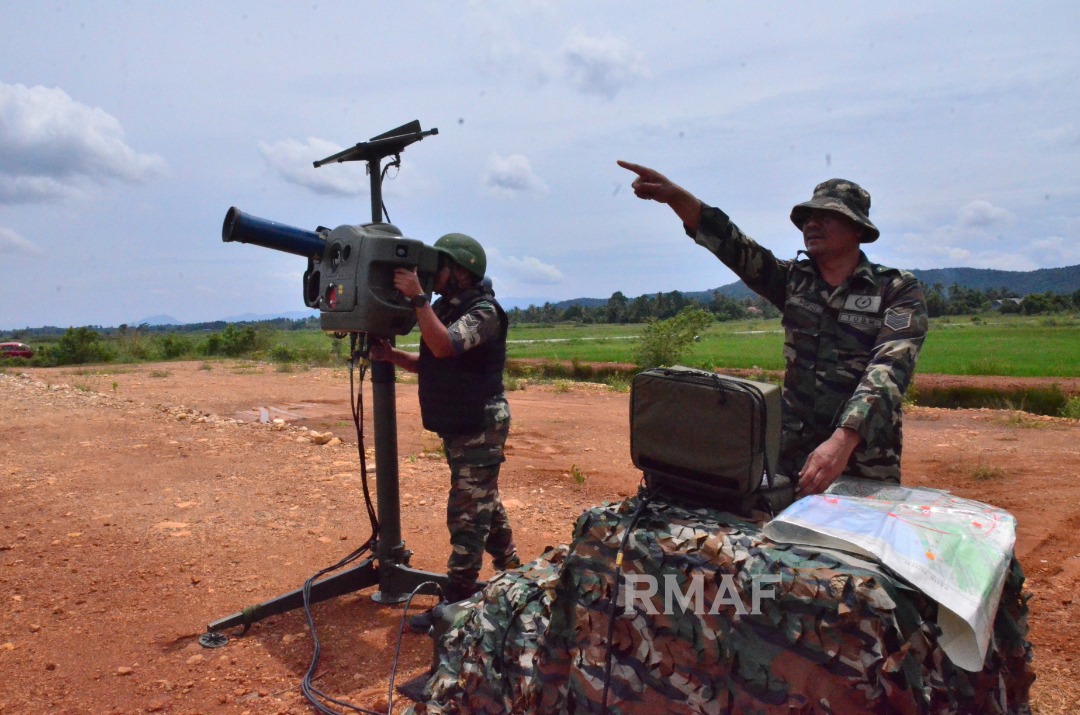
The 401 Skn is currently equipped with the Thales Starstreak VSHORAD system though it is unknown of their alerting devices. Perhaps, the unit is now linked with the long-range air defence radar donated by the US?
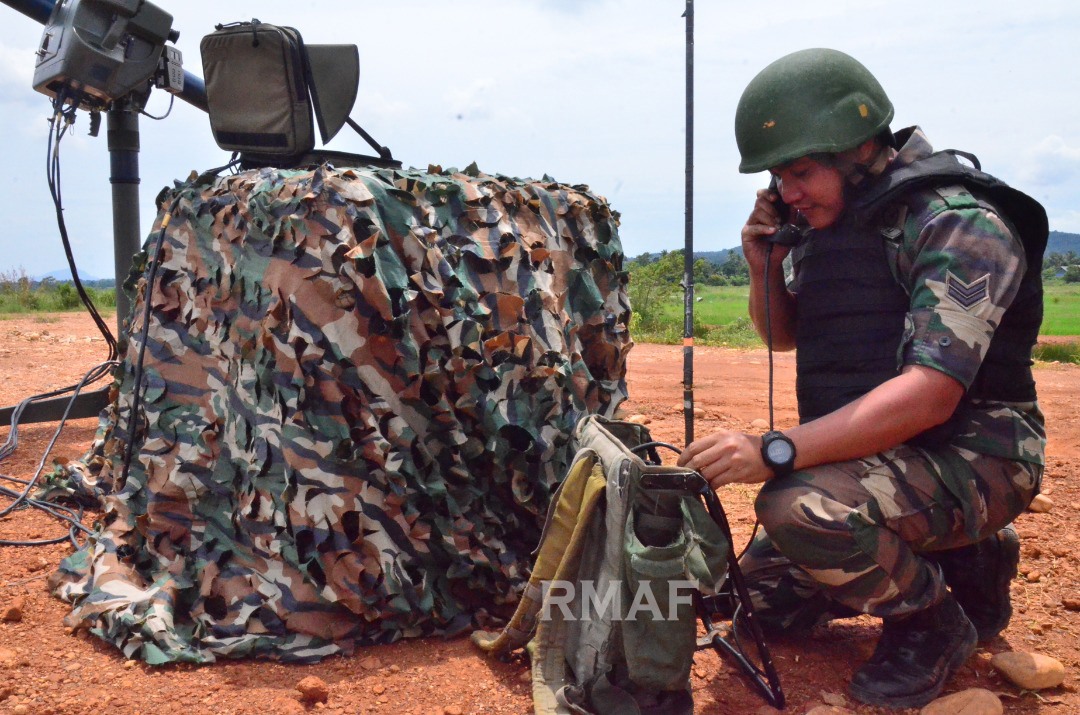
The recapitalisation of the squadron is likely linked to the Medium Range Air Defence system, which is up for competition soon.

Anyhow, the Ordnance Group has republished the QNs for six night-vision googles sought for Army units operating in northern peninsula, Sabah, and Sarawak. The three separate QNs were republished on May 29 and closed today (June 5).
Twelve bidders are taking part in peninsula QN with the lowest price listed as RM405,000 and the highest at RM750,000. For the Sarawak and Sabah one, twelve bidders (separately) also took part with the lowest at RM408,000 and highest RM780,000.
Based on the bidder’s prices, it is likely that the budget for each QNs is RM500,000. The QNs published earlier had been cancelled without any explaination. It was likely that many companies had failed to place their bids for them. This means the big Army procurement for NVGs will not be affected by the QNs.
— Malaysian Defence
If you like this post, buy me an espresso. Paypal Payment


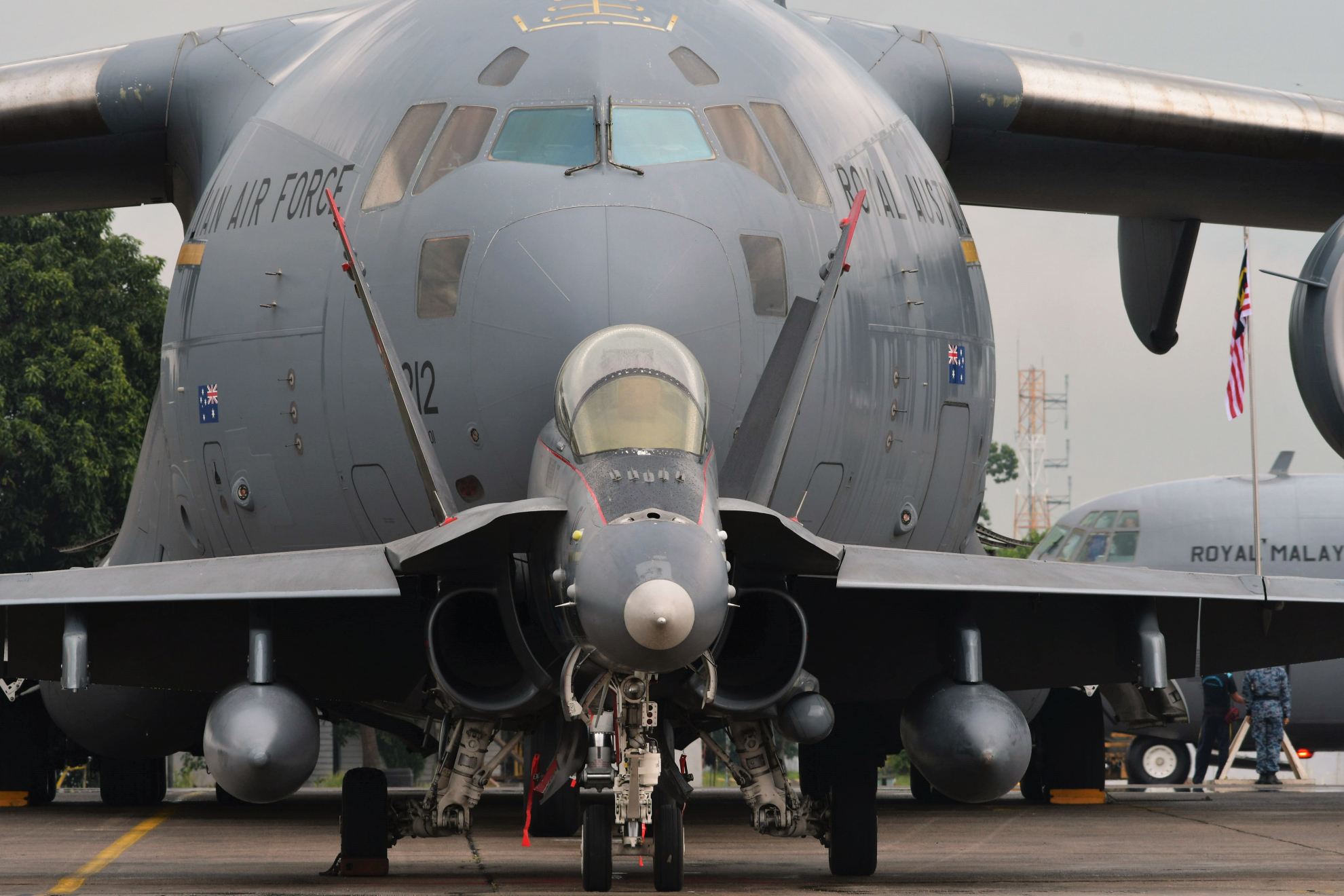
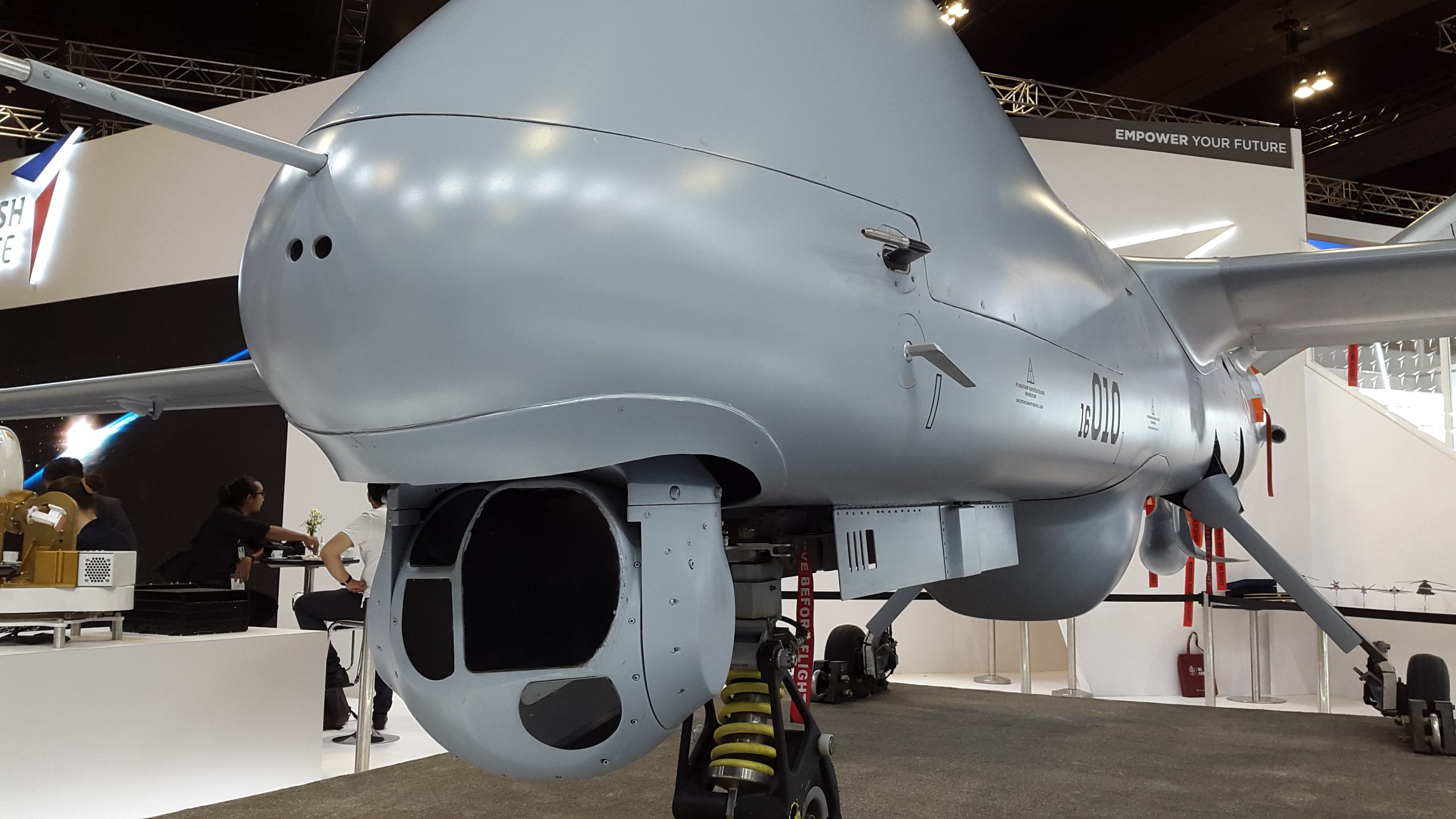
Also on SHORADs in East Malaysia
Tentera Darat, Rejimen Artileri Diraja – GAPU, has stood up a new regiment, the 35 RAD GAPU in Kem Lok Kawi, Sabah. From social medias posts it seems that the unit has been around for 2 years now.
They are equipped with Starstreak missiles, likely from the disbanded TLDM Shorad unit.
https://pbs.twimg.com/media/GPS-u7kaQAA5lIH.jpg
There is also some rearrangement of air defence hardware among the other GAPU regiments, looking from their social media posts.
Interestingly the men are still issued in their woodland pattern camo rather than the RMAF version of the digital one.
The U.S. radar would detect targets at long ranges but as they move in closer and over land targets will need to be covered by another sensor [this is why the army has TRS-3Ds].
Without an alerting devices AD operators will be at a severe disadvantage. In the pic troops are operating in an area where they have a larger window of opportunity on account on account of there being no hills, tress and buildings but in other areas troops would have a small window to engage targets. Early detection/alerting is everything; whether with a ship exposed to a ASM strike or an army unit being hit by UASs/loitering munitions. The 2nd factor is networking; like how the SAF does it to enable a joint and layered AD network.
I hope that GBAD can get their Medium Range Air Defence system soon, which systems do you guys think have the highest chance of winning the tender?
@noname
The cheapest one
I would guess either NASAMs or MICA. Whatever is long as it’s what the end user needs and we are able to integrate it to the current C3 set up. A lesson the Ukrainian experience reinforces is for the need for AD systems to be layered, networked and mobile. Ideally whatever we get would be operated alongside something able to deal with smaller low flying threats. On paper MICA should be the preferred option due to it being selected for the LCS but if the end user prefers something else so be it.
NoName-which systems do you guys think have the highest chance of winning the tender? Depends on the requirements of the end user, the cost for setting up the layers along with the equipments we don’t have to set it up.
Does the armed forces wants to create an integrated air defense systems or just deploying a singular/sqn of standalone SAMs ?
Qamarul – ”Does the armed forces wants to create an integrated air defense systems or just deploying a singular/sqn of standalone SAMs ?”
On paper we do and we will – MANPADs, medium range system and Triple A – but in reality are we actually able to deploy a medium range system protected by MANPADs and other things? Not everyone is like the Russian VKS or Aerospace Forces AD; S-300/400s protected by Buk/Tor/Pantsir which in turn are protected by Igla/Verba which in turn are protected by Shilka and ZSUs.
Also, with just a single medium range system [which can be sub divided like Jernas] how much coverage can we actually have and against what level of threat? Like most of what we do us getting a single medium range regiment is to give us a basic capability; nothing more.
Also if we’re realistic we should do away with any gagaland fantasy thoughts of acquiring an anti ballistic missile capability. How much coverage can we actually afford to acquire? Also, if for some reason China has beef with us it does not need ballistic missiles to cause us grief. We aren’t exactly a threat; lets not flatter ourselves. Furthermore it will conserve its stocks for more important targets; Guam, Okinawa, Yokosuka, Taiwan, etc.
Haiqal – ” The cheapest one”
That would be a Chinese system but politically this is likely as us qualifying for the World Cup; not to mention issues with integration/certification to the existing C3 set up.
Haiqal and NoName:
Seriously, I think it’s going to be the Turkish Hisars. Other possibility is Korean. I would bet on the Turks.
By right the user should be able to conceptually design the inegrated air defence system without naming products. It educates the public especially the politicians. Then you can paint the pathway in achieving basic, intermediate and full capability.
Since nowadays the government most probably will change every term, it is good that it is a continuous lobby by the ATM.
Hasnan – “By right the user should be able to conceptually design the inegrated air defence system without naming products”
When they submit the requirement for registration [the very 1st step is MINDEF] in order to gain approval and the needed funding they have to lay down the technical specs and also give a list of possible contenders which meet the requirements.
As for “educating” the public this is not Finland or Switzerland; the public here couldn’t care less. Convincing the politicians and the bean counters at the MOF and PM’s office WPU unit is the major obstacle. The politicians may approve it in principle but the bean counters may give a thousand reasons to deny funding. The 1st step is getting the requirement approved and that can be very tricky. Once that’s done the requirement is approved but has to wait for funding.
Marhalim,
Is it true that prior to the last GE which led to a change in the occupants of Putrajaya the government was leaning more towards the Tejas?
The government? No idea. I will asked around.
Marhalim, do you think MERAD will be mobile setup or will be fixed installations dotted around the country?
Only a single regiment AFAIK.
”mobile setup or will be fixed installations dotted around the country?”
Almost nothing is ”fixed” now [a recipe for disaster and no flexibility]; all mobile. As noted in a previous post : ”A lesson the Ukrainian experience reinforces is for the need for AD systems to be layered, networked and mobile.” The SAF had fixed Bloodhound launchers but that design was from the 1960’s and Bloodhound was too large to be mobile and the RTAF in the 1980’s had Aspide to protect Bangkok. I’f I’m not mistaken it was fixed. At the most we’ll get a regiment with ‘X’ launchers and ‘X’ acquisition radars. Like with Jernas we can divide the regiment and deploy in in ”Troops” or ”Batteries” but this will be dependent on how many acquisition radars are bought.
An advantage NASAMS has over MICA is the slightly longer range of AMRAAM; plus the fact that in times of emergency the U.S. has stocks of AMRAAM in Japan and Guam.